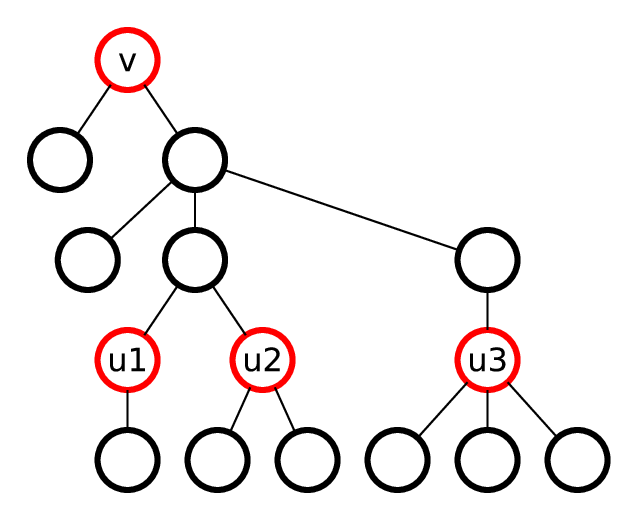Hi, everyone!
On September 10, 2017 at 13:00 Moscow time the final round of Russian Code Cup 2017 will take place! The round will be 3 hours long. 55 participants of the final round will compete for prizes and glory, and we are eager to watch their competition at http://russiancodecup.ru.
And we have a nice surprise for the others: if you would like to apply your skills at our finals problems, come to codeforces.com after the Finals is over, at 16:35 Moscow time, the round featuring RCC Finals 2017 problems will take place, open for everybody.
Some notes:
- Round will use ACM rules;
- It will be unrated;
- Problem difficulty will be close to Div 1 round;
- We ask RCC finalists not to publish or discuss problems after the end of the Finals before the CF round ends, of course you shouldn't participate in CF round;
- Judging machines at RCC and CF are different, "my solution passed/failed at CF, and it was different at RCC" is not a valid appeal.
UPD The official contest is over, congratulations to the winners! And good luck to CF Round participants.
UPD2 Editorial












